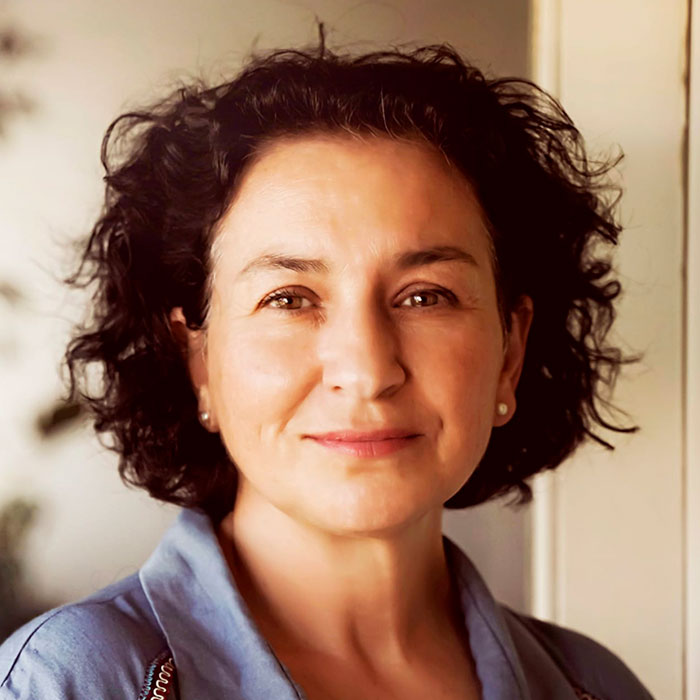
#IDIBELLseminars: Aging: vascular dysfunction at the driver seat
Myriam Grunewald
Faculty of Medicine, Hebrew University of Jerusalem
03/03/2023
13:00-14:00
Sala d’actes, Pavelló de Govern, 1a planta – UB Bellvitge
Resum
The increase in lifespan witnessed during the last century is unfortunately associated with more years of poor health since healthspan has not improved at the same rythm. Accordingly, current anti-aging interventions aim at delaying the onset of the age-associated diseases and frailties rather than further increasing life expectancy, by targeting age-related cellular pathways identified as “hallmarks of aging”. Aging manifests differently in our organs and functional deterioration occurs at different paces. Because our organs are interdependent, the deterioration of one usually affects others. But are they equal? We propose a hierarchy in organs aging and that vascular ageing is a critical upstream process driving the deterioration of many other organs. We provide evidence that VEGF-based vascular manipulation that negate ageing-associated microvascular rarefaction is, on its own, sufficient to confer a holistic geroprotection and to increase both lifespan and healthspan … in mice.
Hosted by Carolina Florian, Stem Cell Aging Group
Biografia
Dr Myriam Grunewald is a research group leader and teacher at the Faculty of Medicine of the Hebrew University and is the co-founder and director of the Organoid Center at the Hadassah Hospital in Jerusalem, Israel. Myriam has earned her PhD in Structural Biology in 2003. She was then trained as a Vascular Biologist in the lab of Prof. Eli Keshet with whom she continues to work closely, deciphering how blood vessels are contributing to health and disease. Her research currently focuses on the role of the vasculature in adult stem cells maintenance in the hematopoietic system and how endothelial cells drive organ regeneration following injury for example in the liver. Recently, Myriam has become interested in the biology of aging which she explores through the lens of the microvasculature
